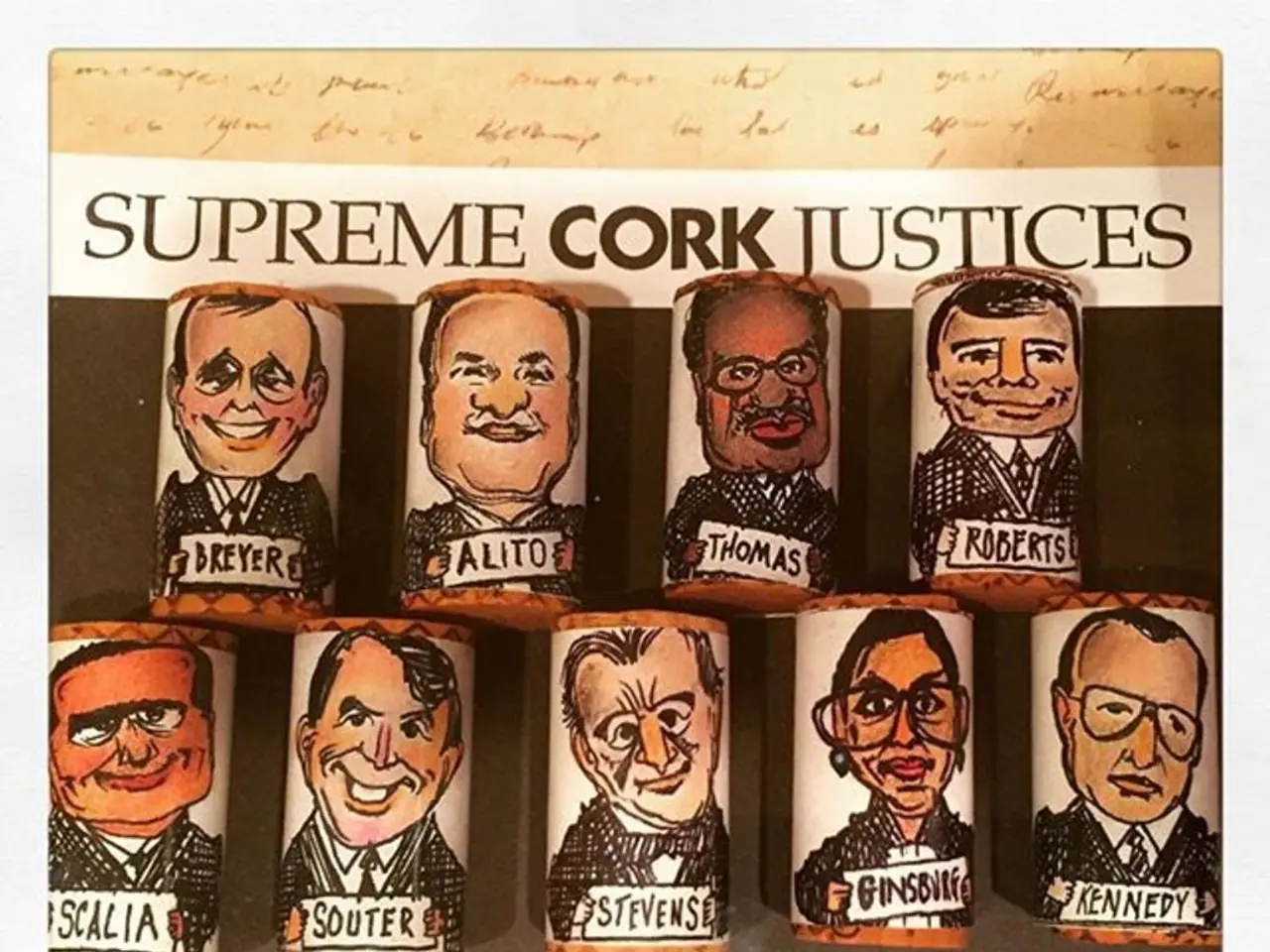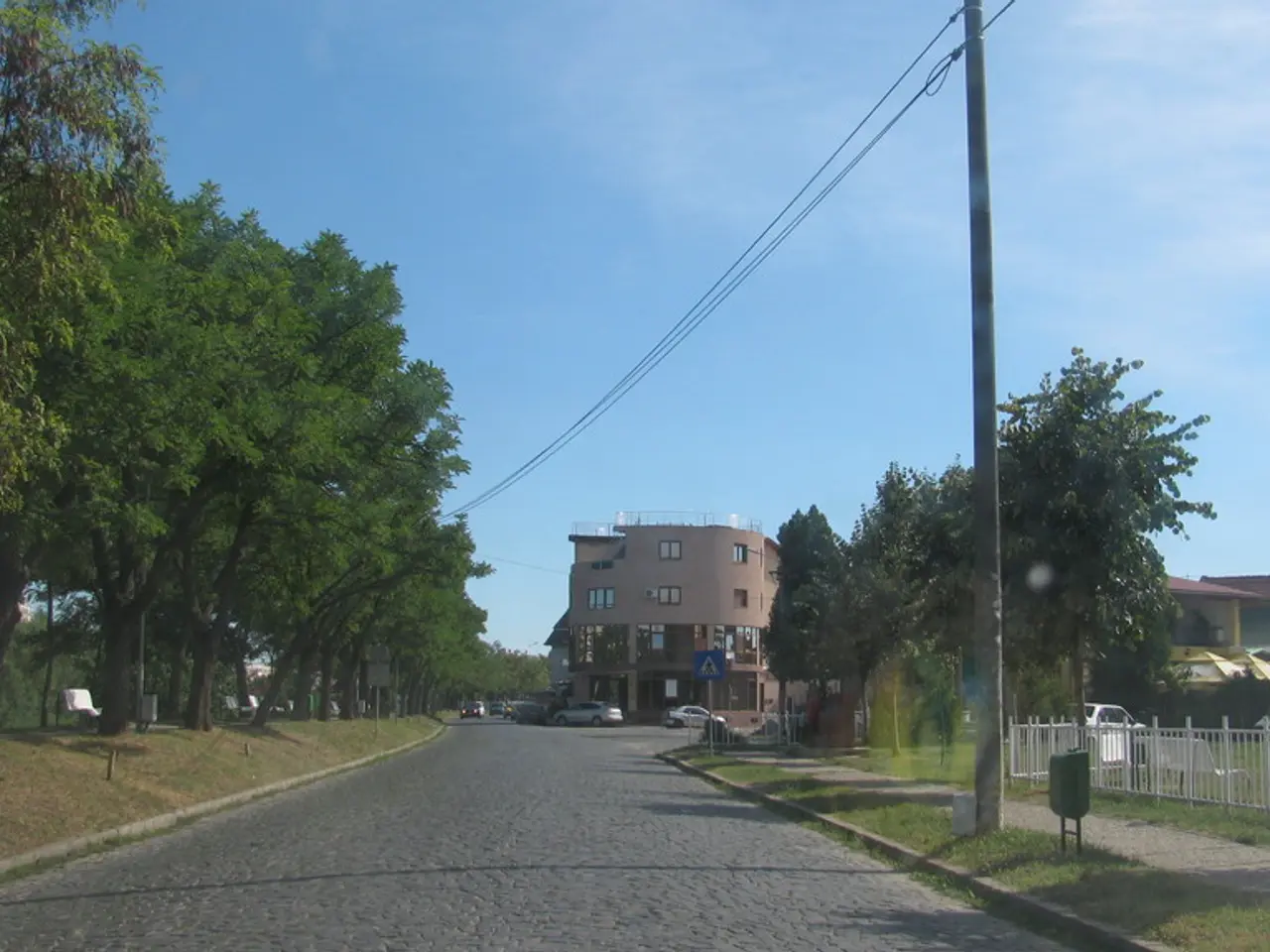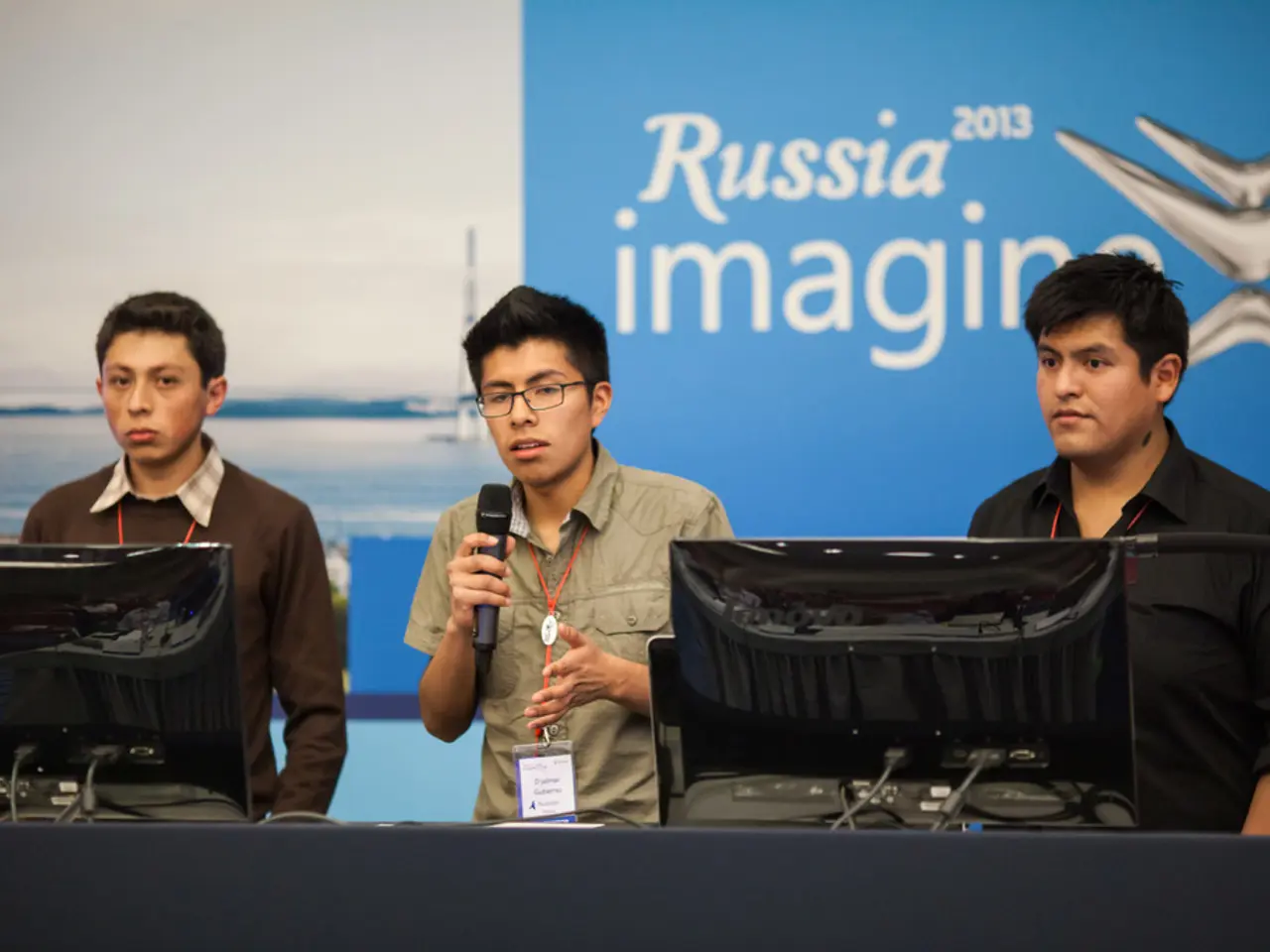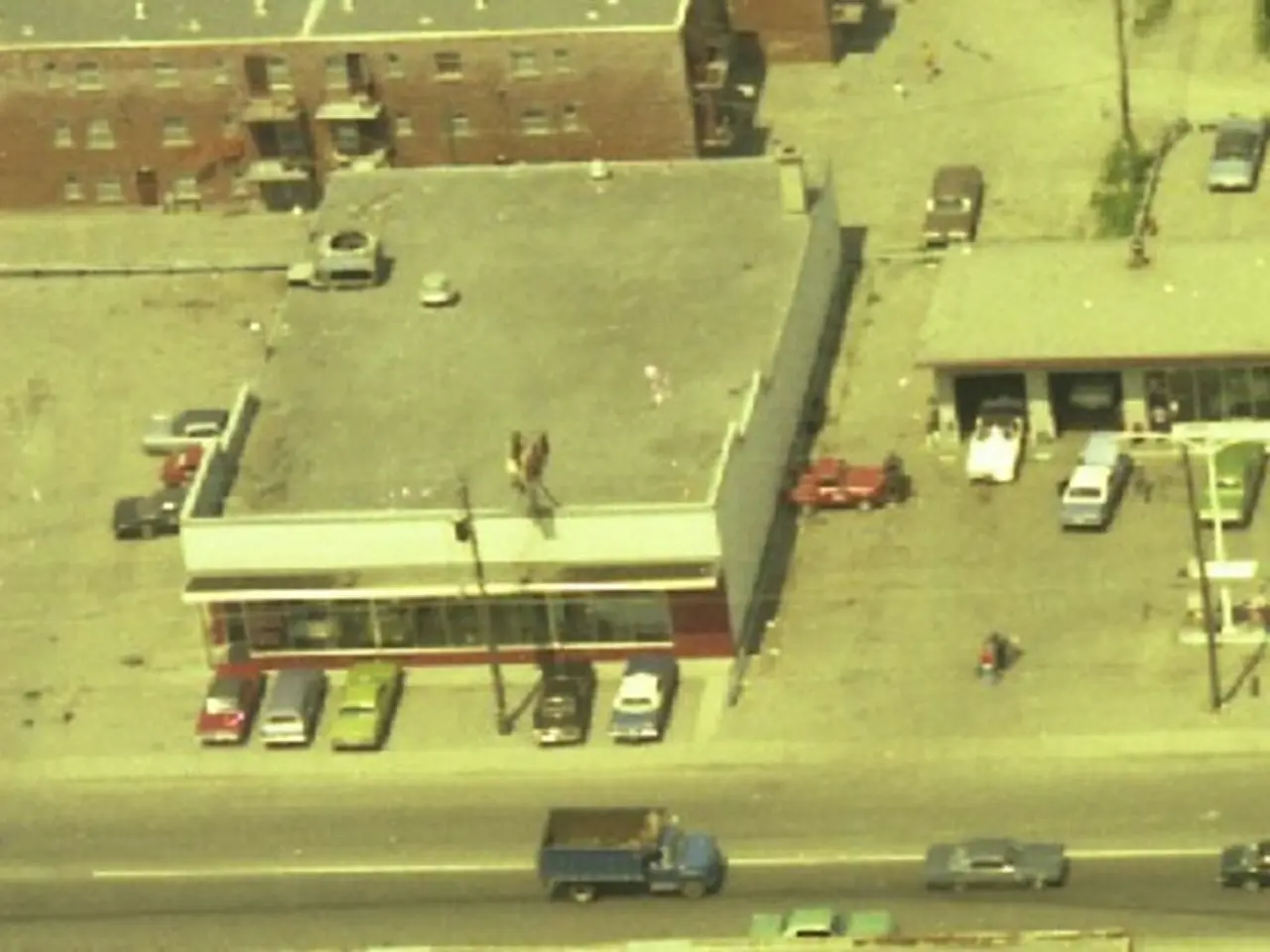AI Transformation: Unveiling Midjourney's Video Generation from Images Technology
**Article: Midjourney's AI-Powered Video Tool Revolutionises Content Creation**
In the rapidly evolving world of AI content generation, Midjourney's latest offering, Sora AI video generator, is making waves alongside competitors like Runway ML and Sora AI. Each platform presents a unique approach to AI video creation, with distinct differences in accessibility, input types, output quality, and overall capabilities.
Midjourney's video tool allows users to generate short videos (around 4 to 5 seconds) by animating AI-generated or user-uploaded still images through a Discord-based platform, currently in an invite-only alpha phase. The tool provides an option for automatic animation or manual control over motion intensity ("low" or "high motion"), producing videos mostly suited for creative, stylized content such as comic strips, anime fights, or stylized sequences rather than realistic video footage.
The video output is currently standard definition (480p), with video generation costing significantly more GPU resources than image generation. Midjourney emphasises avoiding deepfake-style outputs, focusing instead on artistic and fictional video content. A key strength is its seamless integration with its existing image-generation ecosystem, enabling users familiar with Midjourney’s image prompts to extend creativity into short animations with minimal complexity.
Sora, on the other hand, is designed for more cinematic, realistic video generation, capable of producing several-second to minute-long videos with complex scenes involving multiple characters and detailed backgrounds. Unlike Midjourney, which depends largely on still images for video creation, Sora primarily uses text prompts to generate videos from scratch, emphasising realism and motion specificity. While still in testing and private research phases, Sora shows promise for rapid prototyping, storyboarding, and high-quality short-form video generation, potentially at higher resolutions and longer durations than Midjourney’s current offerings.
Runway ML offers a web-based, publicly accessible platform focusing on multimodal inputs, including text, images, and videos, thus supporting a more versatile content generation workflow. It generates videos typically between 4 and 8 seconds at up to 1080p resolution, offering higher video quality than Midjourney’s 480p outputs. Runway ML requires some learning to leverage fully but is accessible to users outside invite-only models, making it more approachable for a wider audience. Its multimodal focus enables editing and creation workflows that span images and videos fluidly, positioning it as a flexible tool for creators needing both generation and editing features.
In conclusion, Midjourney’s video generation fits best for creative, artistic applications, Runway ML serves users seeking versatile, higher-quality video editing and generation, and Sora AI targets advanced cinematic realism and longer form video creation in development contexts. Each platform offers unique value across various visual content workflows, including social media, ad campaigns, concept art for games, storyboarding, art showcases, and more. Early user feedback on the tools highlights their high quality of motion and elegant integration within the existing image generation workflow.
As these tools continue to evolve, we can expect to see rapid progress in AI video generation, offering more customization as user demand grows. With the potential for features like camera pans, motion direction control, or motion from text prompts, the future of AI video creation looks promising and exciting.
Technology advances in AI content generation are further highlighted by the integration of artificial intelligence in video creation tools. Midjourney's video tool, for instance, utilizes AI to animate images and generate videos, while other platforms like Sora AI and Runway ML focus on cinematic realism and multimodal inputs, respectively.




